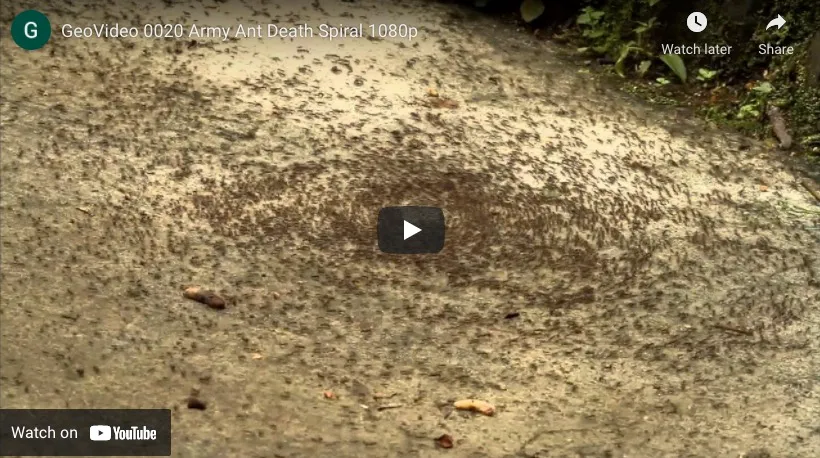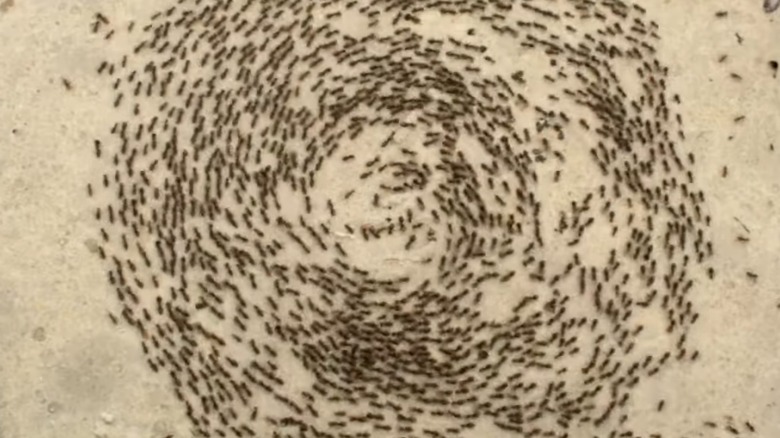
What Is an Ant Death Spiral—and Why Does It Happen?
In the fascinating and often strange world of insects, one of the most bizarre and haunting phenomena is the ant death spiral—a natural occurrence where hundreds, sometimes thousands, of army ants march in a continuous, self-destructive circle until they die from exhaustion.
But what causes such a puzzling display from insects known for their remarkable coordination and intelligence? Let’s explore the science and mystery behind the ant death spiral.

The Basics: What Is an Ant Death Spiral?
Also known as a "circular mill", an ant death spiral is a behavior seen mainly in army ants (especially of the genus Eciton). These ants are blind and rely heavily on pheromone trails left by others to navigate and stay organized. When they lose track of the main colony, a small group may begin following each other in a loop, reinforcing the pheromone trail. As more ants join in, the loop grows, and the ants continue to march—sometimes for hours or even days—until they collapse from fatigue.
The spiral can span several meters wide, with ants moving in perfect unison, endlessly circling what looks like an invisible drain.
Why Does It Happen?
The death spiral is essentially a navigation error.
-
Loss of external cues: Army ants are blind, so they rely on scent to follow others. When they become separated from the main group and have no new trail to follow, they can mistakenly start following each other.
-
Pheromone dependency: Once a circular trail is accidentally formed, it becomes self-sustaining. Each ant reinforces the trail with pheromones, attracting even more ants to follow it.
-
Lack of corrective signals: In a natural colony, there are constant signals and corrections from workers and the queen to keep ants on task. In a fragmented group, those feedback mechanisms are missing.
Famous Observations
One of the first documented instances of this behavior was by American entomologist William Beebe in the early 20th century. He observed a spiral that was about 365 meters (1,200 feet) in circumference and took more than two hours for an individual ant to complete a full circle.
Is It Only Ants?
Interestingly, similar behaviors have been noted in other social insects like termites and even in slime molds and some types of fish—whenever organisms rely on local interaction rules rather than centralized control.
What Can We Learn from It?
While the ant death spiral may seem like a tragic failure, it actually offers valuable lessons:
-
The limits of decentralized systems: Ant colonies are admired for their efficiency without central control, but the spiral is a stark reminder of what happens when local logic breaks down.
-
Groupthink and feedback loops: The spiral is a natural metaphor for human behaviors, like echo chambers on social media or economic bubbles, where individuals blindly follow cues without questioning the bigger picture.
Final Thoughts
The ant death spiral is both tragic and mesmerizing—a living loop where cooperation turns into collapse. It shows how even the most intelligent systems can falter under the right (or wrong) conditions. As eerie as it is, the spiral continues to captivate scientists and curious minds alike, reminding us that nature is as mysterious as it is instructive.


